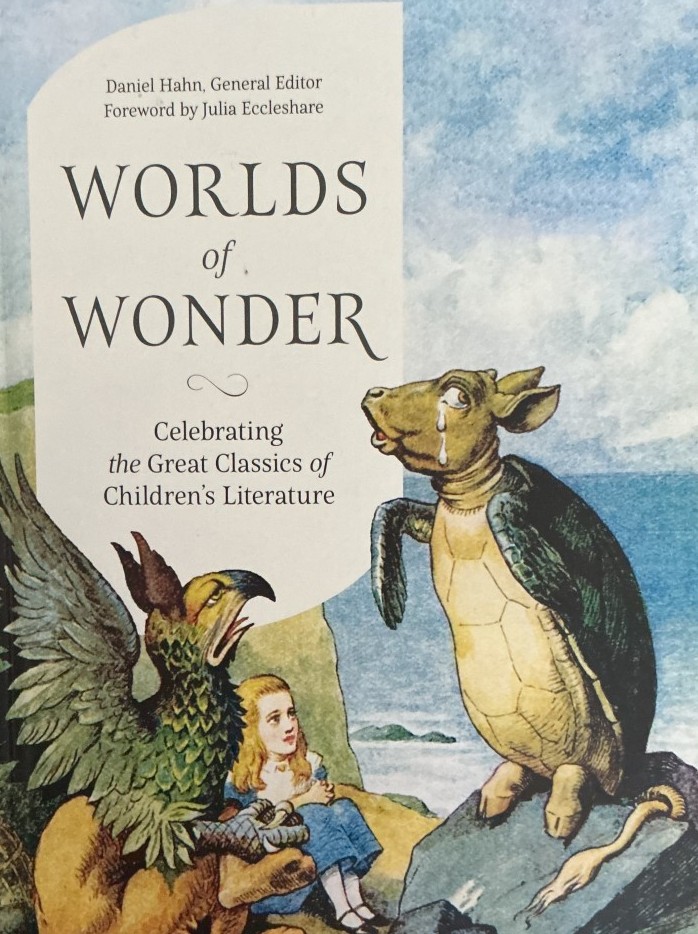Inspiring Young Readers
 posted on 28 Sep 2025
posted on 28 Sep 2025
Worlds of Wonder: celebrating the great classics of children’s literature ed. Daniel Hahn
For any lover of children’s literature World of Wonder offers a truly mouth-watering prospect. Under the editorship of Daniel Hahn a galaxy of children’s literature aficionados, academics, practitioners and writers have contributed a series of short ( one or two page) essays about one of the great books in a heritage that stretches from Andersen’s The Little Mermaid, published in 1837 through to R. J. Palacio’s Wonder of 2012.
Just to give you a sense of how meaty all this is, I’ve picked out a handful of names making a contribution: Julia Eccleshare ( who provides the introductory overview), Sam Jordison, Peter Hunt, Alison Fincher, John Sutherland, Nicholas Tucker - and that’s only a tiny sample!
So, how on Earth does an editor go about deciding what books to include and how many? Hahn confronts this conundrum head-on in his foreword which has to focus on what isn’t included as well as what is. Almost inevitably all children’s literature lovers will find something to argue with here and I might as well get my beef out of the way now. Hahn tells us:
“We’re also not including picture books for the very young but only longer narratives, especially leaning towards selecting mostly those that a child might have the pleasure of reading independently. (Otherwise my most beloved Where the Wild Things Are would have pride of place).”
I have to say I find it disappointing that picture books are still being categorised as for ‘the very young’ and that in some way they have a lesser narrative value. In fact, his own example of Sendak’s great classic proves that picture books have a depth and multiple narrative options - more in fact than many of those ‘longer narratives’.
But I don’t want to sound like I’m carping because this doesn’t detract from the fact that the book is a feast. Hahn is upfront about the editorial choices - including the anglophone dominance of publishing and the virtual absence of African voices - and all I can say is that despite all the difficult choices he has still come up with a coherent collection.
The entries are sorted into four distinct sections - The First Golden Age, New Horizons, Modern Narratives, Contemporary Classics - which follow a timeline from early Victorian to late Elizabethan. I’m pretty sure that both editor and publisher didn’t expect that very many people would work their way through the book from page 1 to page 240 sequentially and so it's structure invites you to make up your own rules about how you move in and out of the text.
I have to admit that my own method was to start off by searching through for the book titles I hadn’t come across before - there’s something genuinely exciting for me in coming across potential new finds. Why, I wonder, have I never come across Kenji Miyazawa’s Night on the Galactic Railroad before? Or, Ruskin Bond’s The Room on the Roof? And then there’s Luis Sepulveda’s The Story of a Seagull and the Cat Who Taught her to Fly. It’s a positive treasure trove of discovery.
But of course you’ve then got the pleasure of reading the essays attached to your own favourite books - and that’s a whole other experience to savour.
Published by Princeton University Press, you will be able to get a copy from your local independent bookshop - who will be happy to order you a copy if they don’t have it on their shelves.
Terry Potter
September 2025